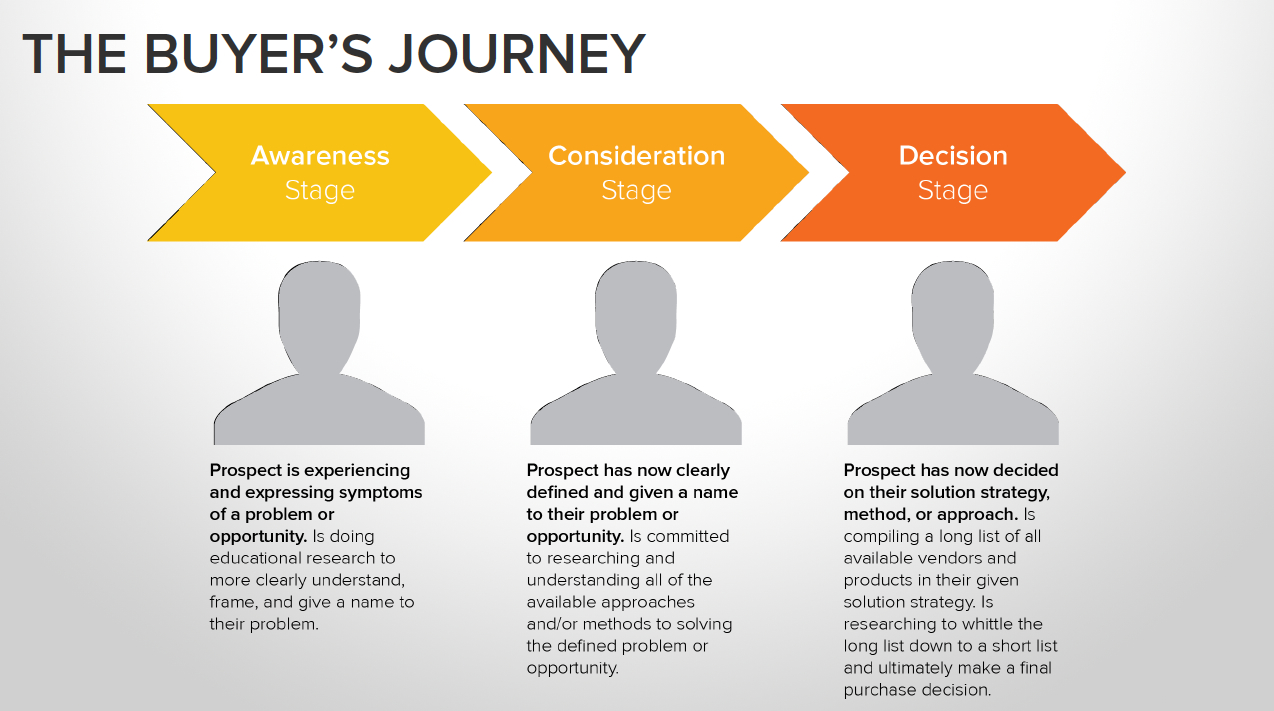Why a Biannual Content Audit is Essential for Sales Effectiveness
![]()
Content is an incredible tool to strengthen relationships with prospects and customers alike. If used effectively, content has the power to turn a prospect into a customer. Is your content moving the needle and bringing in sales qualified leads (SQLs)? A biannual content audit is essential to determine if your content marketing is impacting sales, and if not, figure out why it’s not working. Below, learn how to perform a biannual content audit and create a content strategy that boosts brand awareness, lead generation, and customer acquisition.
1. Organize Current Content
One of the first things we do when working with our business-to-business manufacturing clients is establishing a centralized place to organize content. We call this digital archive “The Content Vault”. In it, you will find published editorial articles, unpublished blogs, white papers, landing pages, product photos, and digital collateral, all organized in an easy and simple to find place. It is essential to establish a system and maintain it. That way, no content is falling through the cracks and your salespeople and marketing team can easily access the content they need to be successful.
2. Determine Which Prospects Should Be Targeted By Content
When writing pieces of content, it important to keep the prospect you’re targeting in mind. Generalized content doesn’t appeal to anyone. To create a sound content marketing plan, it is essential that you take the time to identify your ideal customers. This process is called creating buyer personas. Buyer personas help manufacturers identify their best prospects. A purchasing manager and a sales engineer at a mid-level manufacturing company might both be buyers of your product or service. However, both buyer personas have their own motivations and challenges. It is essential that you have content that speaks to the persona in their language and addresses their unique problems and challenges.
3. Determine What Stage in the Buyer’s Journey The Content Fits
Once you have identified what content is suited for each buyer persona, it is important to evaluate which stage of the buyer’s journey the piece fits into. The buyer’s journey essentially refers to the steps that your ideal buyer takes in their decision. Below, I have highlighted how content can fit into certain stages of the buyer’s journey. For this example, you are a manufacturer of commercial cabinetry looking to work with “Designer Dan”, a Director of Design for Major Retail Companies (i.e. Piada, Cabela’s Dick’s Sporting Goods, etc.)
Awareness: Blog – How Commercial Cabinets Affects the Commercial Retail Experience
Consideration: White Paper – Retail Industry Design Trends Analysis
Decision: Case Study – How American Eagle Differentiated Itself within the Commercial Retail Space
When creating content for your buyer personas, aka ideal prospects, it is important to think about their buying process, not your sales process, and writing content that talks to their unique problems and challenges and answers their questions. Note that the awareness piece is a broader topic and the consideration and decision pieces get increasingly more technical. The decision stage piece of content should always be a differentiation piece about why someone should work with you instead of your competitors. Case studies are an excellent way to show prospects that you do excellent work and give 3rd party credibility to your brand. Don’t have case studies? Stumped on how to ask your customers to be interviewed for a case study? Check out our blog, How to Convince Your Stubborn Manufacturing Customers to Participate in Case Studies
4. Writing Content with SEO Strategy in Mind
Have a lot of pieces of content written about one specific topic? Utilize that to your advantage. Search engine optimization has changed drastically. In the past, the way to rank in search was by including specific keywords or key phrases in your content. Now, the way to rank in search is more so about the volume of content you have on a specific topic. The way to beat the search algorithm is by writing a significant amount of content on a certain topic and categorizing all the related the content together. That way, Google’s search algorithm will identify you as an expert on that topic and you will rank higher when prospects are Google searching for things related to your product or service. Check out The Biggest Change in Internet Search: How to Beat the New Keyword Algorithm![]() for more information.
for more information.
5. Filling in the Gaps
Once you’ve done an audit of your current content and organized it into a manageable system, it’s time to evaluate where the gaps are in your content and create a content plan moving forward that addresses those areas. Creating a content map is a great way to lay out your campaign strategy for the next 6 months to a year and determine the type of content necessary, graphic elements required, and where the content will be utilized. That way, your company won’t lose momentum and will be creating targeted writing that impacts lead generation and sales. Check out Why Manufacturers Need a Content Map for tips on how we design content maps with our business-to-business manufacturing clients.



Leave a Reply
Want to join the discussion?Feel free to contribute!